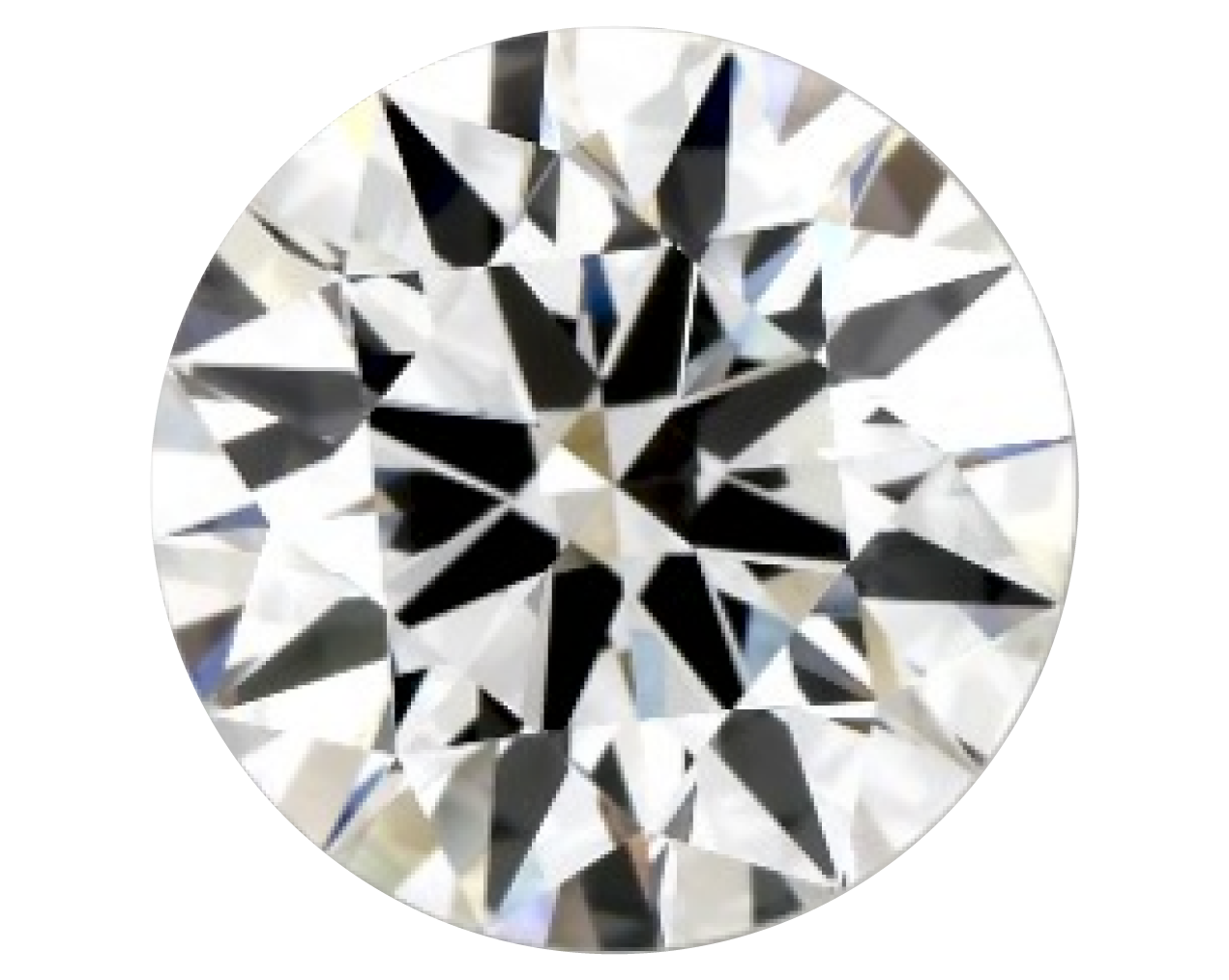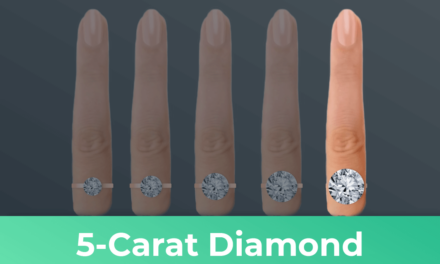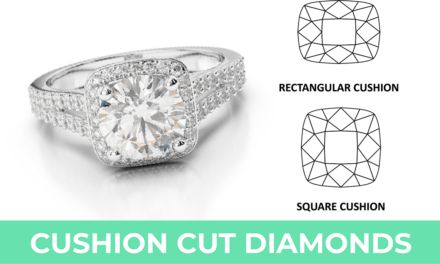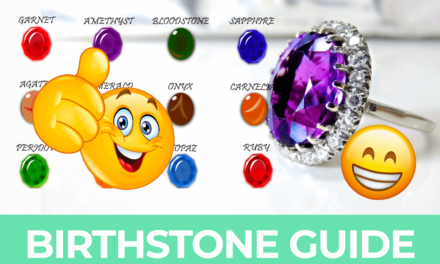My website is reader-supported. Buying through links on my site may result in me earning a CUSTOMER REFERRAL FEE at no extra cost to you.
Check out the latest deals at our top diamond vendor choice: James Allen
Flawless Diamond – Are They Worth The Premium Price?
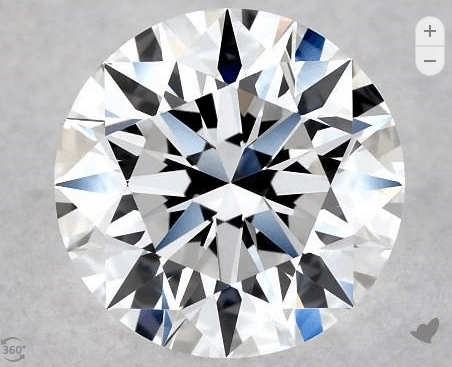
Flawless diamond, 1.37 ct, D color, ideal cut
When it comes to buying an engagement ring, many people are looking for the perfect diamond. They want a beautiful diamond with maximum brilliance. And that’s why many people think they have to choose a flawless or internally flawless diamond. But are flawless clarity diamonds worth the extra money?
In this post, we’ll take a closer look at what makes a diamond flawless and whether or not it’s worth the premium price.
Content overview
- How common are flawless diamonds
- What is a flawless diamond? The GIA clarity grading scale
- Flawless vs internally flawless diamonds
- Flawless diamonds vs VVS diamonds
- How much do FL and IF 1 carat diamonds cost?
- Reasons for not choosing a flawless diamond
- The optimal diamond clarity for 1 carat diamond rings
- Optimal diamond clarity grade for large diamonds
- Where to buy flawless diamonds
- Conclusion
FL Diamond Summary
- FL stands for “flawless diamond”, meaning the diamond has no inclusions or blemishes that could distract from the diamond’s beauty
- FL diamonds are extremely rare and represent less than 1% of all diamonds, that’s also why they are very expensive
- Unless you are an idealist, it usually makes more sense to opt for lower clarity grades, as you won’t be able to see a visual difference but can save a lot of money
- The best places to shop for VVS1 or lower clarity grade diamonds are James Allen and Blue Nile
How common are flawless diamonds?
Flawless diamonds represent less than one percent of the world’s diamonds. Nonetheless, they make a popular engagement ring choice for people with the appropriate budget.
If you go to James Allen, for example, and remove all filters, you can see that they typically have about 100k to 120k of round diamonds. Out of those, only 315 qualify as flawless diamonds. Blue Nile has about 70 stocked up.
Internally flawless diamonds are a bit more common. James Allen currently has about 4,6k and Blue Nile about 700.
What is a Flawless Diamond? – The GIA Diamond Clarity Scale
The gemological institute of America (GIA) clarity scale is a system to measure the quality of diamonds. According to GIA, “The GIA Diamond Clarity Scale is an essential tool for making an informed purchase.” Its grading reports are used by approximately 85% of all worldwide diamond dealers. At least those that are reputable and trustworthy.
GIA has a system that consists of 11 grades for its clarity scale. On this scale, diamonds fall in different categories ranging from flawless (FL) to included (I3). Flawless stones do not have visible inclusions to the naked eye, whereas included ones do. You can view the scale below:
- Flawless (FL diamond)
- Internally Flawless (IF diamonds)
- Very, Very Slightly Included (VVS clarity or VVS1 & VVS2)
- Very Slightly Included (VS1 & VS2)
- Slightly Included (SI1 & SI2)
- Included (I1, I2, I3)
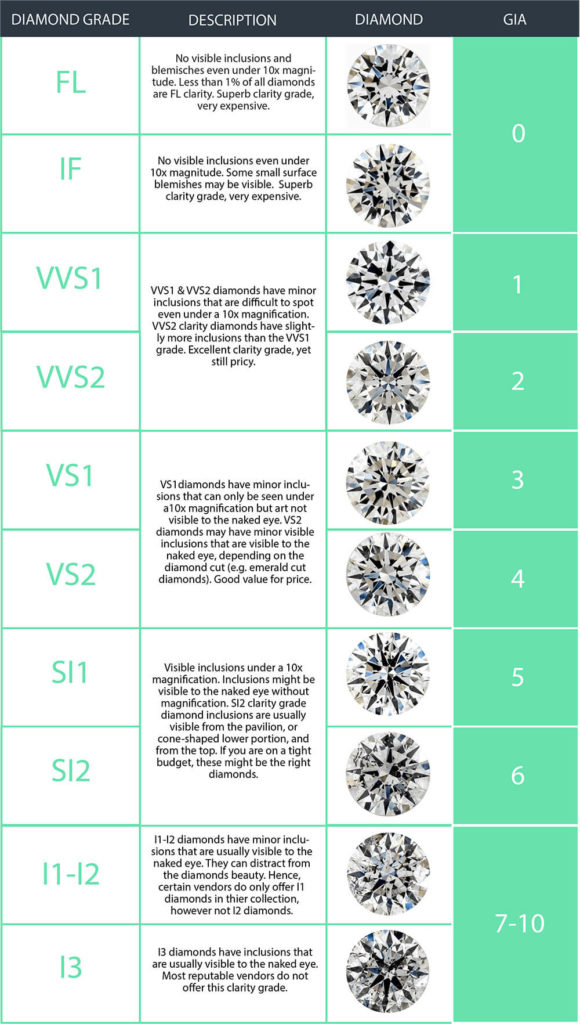
The GIA considers several factors when determining the diamond’s clarity. They are the position, nature, quantity, and color of the clarity characteristics that you can see under 10x magnification. A diamond is graded Flawless when it has no visible blemishes or inclusions. An Internally Flawless (IF) Diamond does have visible blemishes but no inclusions.
Flawless vs. Internally Flawless Diamonds
A diamond can only receive a Flawless grade if a highly trained diamond grader cannot see any blemishes or inclusions when inspecting the stone under 10x magnification.
Like internally flawless diamonds, IF diamonds have no visible inclusions to the naked eye, however, some small surface blemishes might be visible under a magnifying glass.
Because the blemishes an IF diamond has are not visible to the naked eye, most people believe that an IF diamond presents a better value for your money than an IF diamond. You will only want the highest grading possible if you look for a perfect diamond for ideological reasons.
Flawless vs. VVS Diamond
Many people considering a flawless or an internally flawless diamond also consider VVS diamonds. What’s the difference?
While FL and IL diamonds contain no visible inclusions under magnification, VVS diamonds do. However, those inclusions and blemishes are still very, very minor.
In almost all cases, you would be able to find a VVS1 or VVS2 diamond of the same beauty as an FL/IL diamond, but for a more affordable price.
Just a look at the two diamonds below and guess which one has the higher clarity grade.

If you guessed the second one, you thought wrong. The one on the right is the flawless diamond, the one on the left is the internally flawless diamond.
Not even a professional jeweler could have guessed right. Because often, even two diamonds with the same GIA report can look very different in reality. That’s why it’s so important to view HD pictures of the diamonds before purchasing one.
Some people are concerned that VVS diamonds might have too many inclusions, but this is not true. VVS diamonds are considered a very high clarity grade, and you can easily find stunning, eye-clean diamonds.
So, in short, the main difference between the two grades is the price. If you buy diamonds online, you can make use of several filters to search for the color and clarity grades you desire. You can then use the super zoom function from James Allen or Blue Nile to inspect each stone in great detail and find the best diamond.
How Much Does 1-Carat Flawless Diamond Cost?
The price of a diamond will depend on more than just its size and clarity grade, as color and cut have an impact. But generally speaking, a 1-carat round-cut flawless and natural diamond with D color could cost anywhere between $12,400 to $15,500.
Generally, you can expect the price of a Flawless Diamond to be 20%-30% more than a comparable Internally Flawless Diamond in the smaller sizes (under 1 carat) or with a lower color grade.
I put together a quick chart to illustrate the price difference based on varying clarity grades. For fairness reasons, I always picked the cheapest and most expensive one carat stone with all parameters such as cut quality and color being equal:
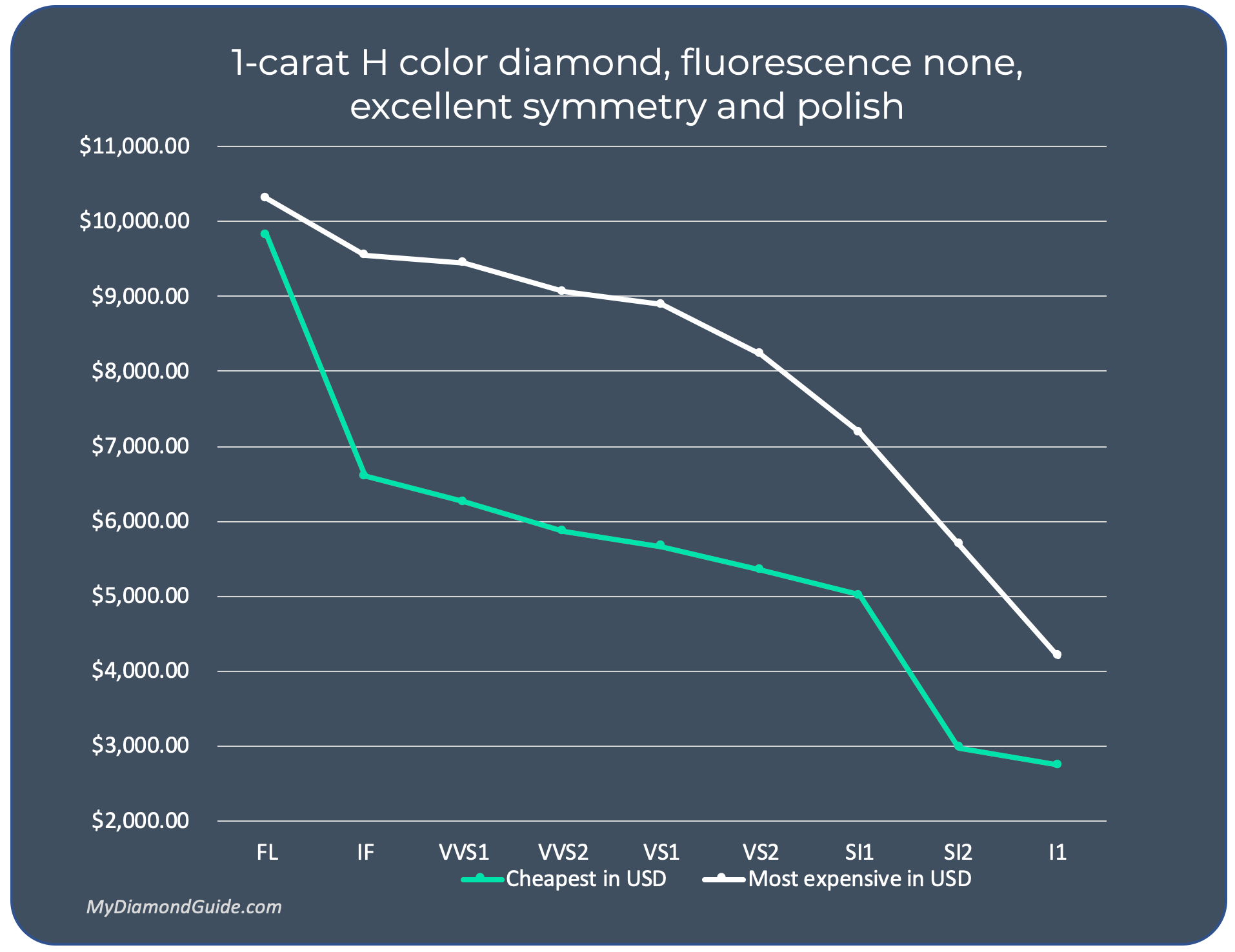
As you can see, there is a steep drop in the price tag when choosing just one lower clarity grade.
However, if you’re looking at larger stones in the top color grades, you can greatly expect the prices to increase. For example, the difference in price between D/FL and D/IF round diamonds will be much more than between a G/FL and G/IF diamond.
If you want to compare the prices of diamonds, I highly recommend you turn to reputable vendors like James Allen or Blue Nile. They offer huge selections at very competitive prices.
Also, if you are on a budget or are looking for alternatives to mined diamonds, consider lab diamonds.
Don’t be Trapped into Considering Diamonds with the “Best Clarity” Only
You want to find the perfect diamond for the perfect diamond ring.
Many first-time buyers make the mistake of thinking that a D color diamond with F or IF clarity will be the very best quality. In actuality, nothing affects a diamond’s beauty (brilliance and fire) more than its cut.
Compare these two Internally Flawless Diamonds so that you can see how much of a different cut quality makes:
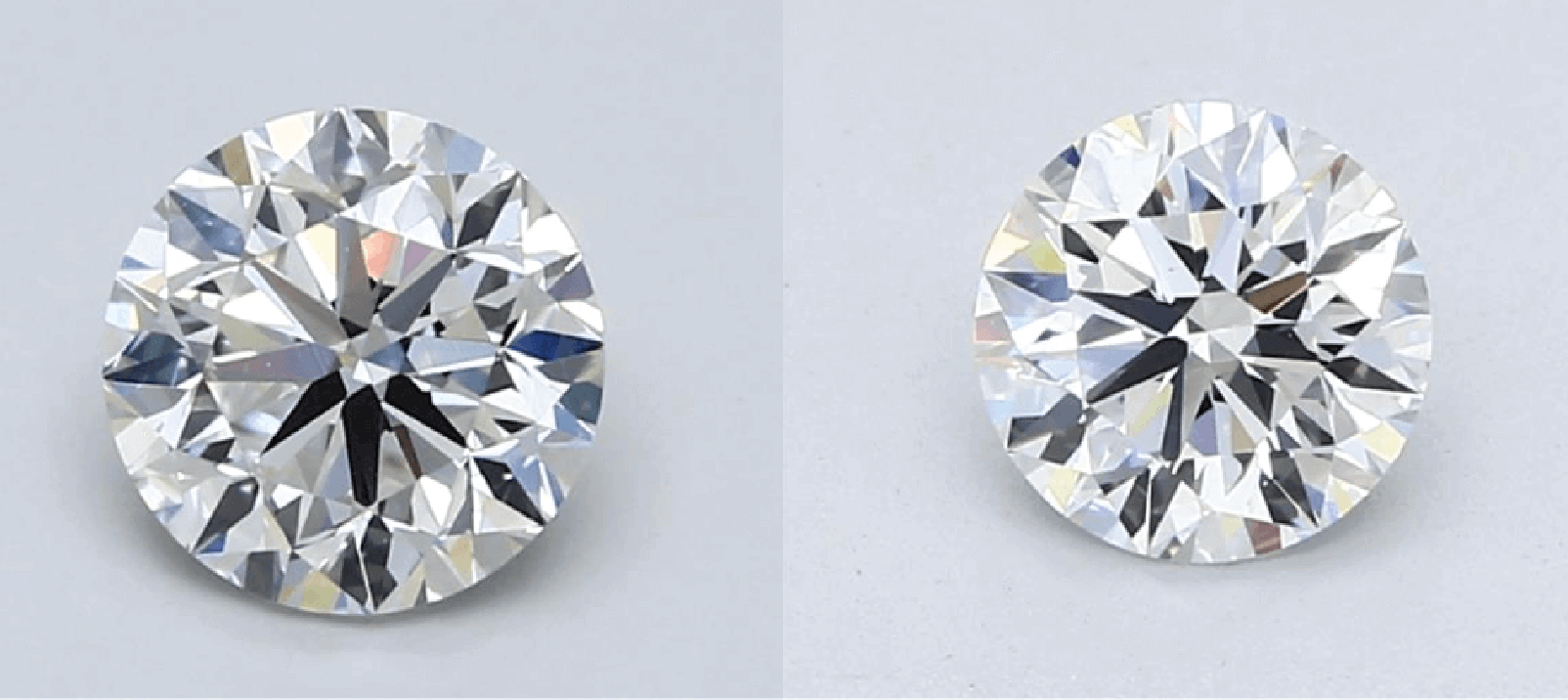
If you look at these diamonds side-by-side, you can see that there is no comparison regarding their light performance. The one on the left is average and will never sparkle as much as the diamond on the right.
The problem with the dull-looking diamond on the left is the proportions. In this 360 video, you can see that they are all wrong. The cut is terrible, so the diamond has hardly any contrast pattern, with the low crown angles suppressing the fire.
If you are prepared to pay the high price of a D/IF diamond, wouldn’t you like to end up with a diamond that displays incredible brilliance and fire? With this comparison, the stone on the right wins by a mile.
Which Clarity Grade Makes the Most Sense Money-wise for a diamond ring?
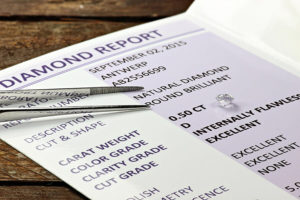 Our impulse is to search out the highest clarity grade thinking that this guarantees quality, but when it comes to diamonds, they don’t have to be F or IF to be stunning. You can save money by looking for eye-clean diamonds among the lower clarity grades because the naked eye can’t see any flaws they have.
Our impulse is to search out the highest clarity grade thinking that this guarantees quality, but when it comes to diamonds, they don’t have to be F or IF to be stunning. You can save money by looking for eye-clean diamonds among the lower clarity grades because the naked eye can’t see any flaws they have.
Any GIA or AGS graded diamond with a clarity of VS1 or above is going to be eye-clean. If your goal is to get an eye-clean diamond, there is no need to look beyond a VS2 because you’re paying too much beyond that.
Compare these two diamonds. The one on the left is IF, and the one on the right is VS2:
You can see that the VS2 diamond is eye clean and because it’s a lot less expensive, it’s the smarter choice!
But if you want to get the most for your money, focus on VS2 clarity, which is considered the sweet spot. This is where you’ll get the most for your money.
Also, keep in mind that diamonds with clarity grades of I1, I1, or I3 are NOT eye-clean, so you want to avoid those. Diamonds with clarity grades of SI1 and SI2 may or may not be eye clean, so be careful.
Tip 1: Always make sure to only buy diamonds at places that issue diamond grading reports certified by GIA or AGS.
Tip 2: Certain diamond shapes hide small inclusions better than others; if you shop for fancy shaped or step-cut diamonds, you might have to choose a higher clarity grade.
Clarity is More Important for Larger Diamonds
The diamond size plays a role in what grade you should consider. The larger the diamond, the easier it is to see the inclusions or blemishes. This is why clarity becomes more important for larger diamonds.
You can find eye-clean SI1 and SI2 diamonds, but you’re safer focusing on VS2 or higher if you’re looking at 2-carat diamonds or larger. Those diamonds typically have very few minor inclusions and offer an optimal balance between quality and price.
Asscher and emerald cuts show more flaws than round, princess, oval, cushion, pear, and marquise cuts. So, if you’re looking at step-cuts, we would recommend that you limit yourself to VS2 or higher.
I want you to compare enough diamonds to see the difference in clarity grades for yourself. This does not have to be in person because you can see them even better under 40x magnification in a 360° HD video!
Where Would You Recommend Shopping for Flawless Diamonds?
No matter what size, color, or clarity grade diamond you’re looking for, you must be able to see the diamond you’re buying. I recommend that you shop at James Allen or Blue Nile because they have thousands of diamonds in stock. But the best part is that you can see them in 360° HD video!
This lets you see the diamond’s overall performance, clarity, and color before buying. Go to James Allen and search D FL/IF diamonds.
Conclusion on Extremely Rare Flawless Diamonds
Even though Internally Flawless and Flawless Diamonds are exceedingly rare, that doesn’t mean they sparkle the most or are the most beautiful. A fabulous cut creates a brilliant diamond, although being flawless does add to the quality.
Know the 4 Cs of cut, clarity, color, and carat weight because the most exquisite diamond is more than its purity. It’s a combination of all four qualities.
Diamond Quiz
Can you tell the difference?
One of the two diamonds below has a clarity grade of VVS1, the other one of VS1. Can you tell which one has the lower clarity grade and costs $1000 less?

